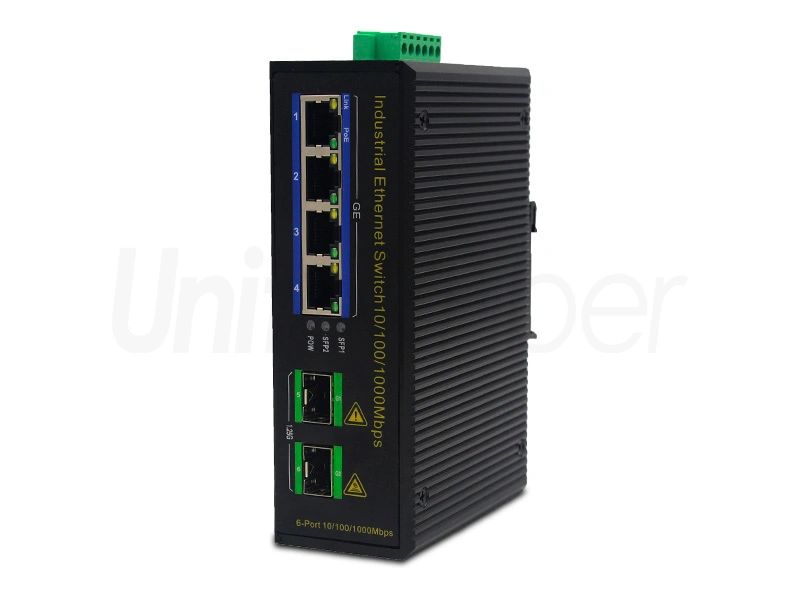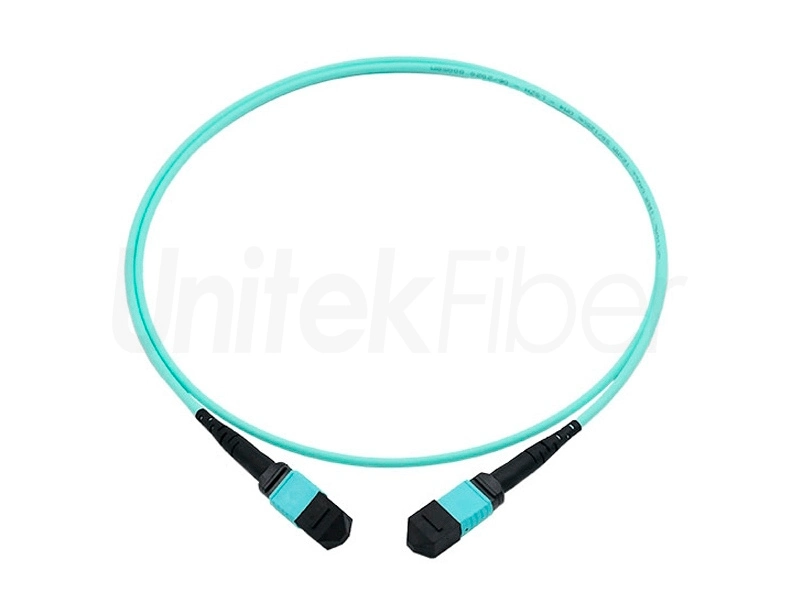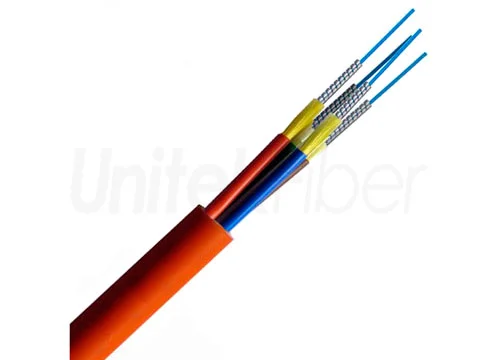
800G optical transceiver is a cutting-edge optical transmission technology designed to provide data rates up to 800Gbps. 800G optical transceiver utilizes advanced technologies such as multiplexing and wavelength division, which can efficiently process massive amounts of data. It has become an indispensable part of modern data communications, powering critical connections in various environments such as data centers and metropolitan area networks (MANs). Faced with such a wide range of applications, choosing the right 800G optical transceiver is the key to optimizing network performance. The following are some key factors to consider:
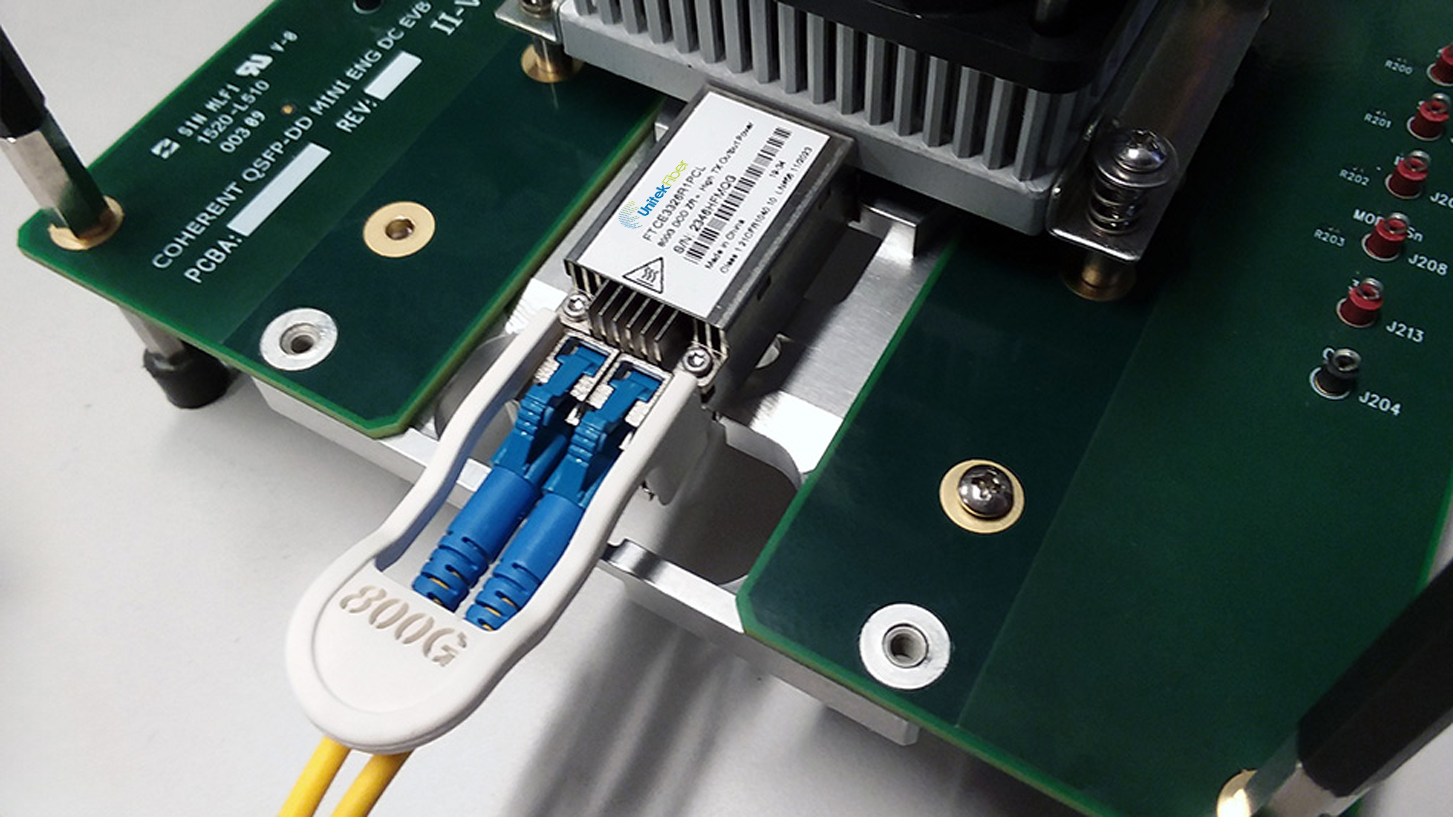
800G SR8 optical transceiver (short-distance 8 channels) used in multimode fiber with a transmission distance of up to 50mtr, which is ideal for short-distance deployment and data center interconnection.
800G DR8L, DR8, XDR8 optical transceiver (up to 8 channels in data centers) are mostly used in single-mode fiber designs, supporting transmission distances of 100 meters to 2 kilometers, suitable for high-performance data centers or campus connections.
800G 2FR4 optical transceiver (dual long-distance 4 channels): compatible with single-mode fiber, supports a transmission distance of about 2 kilometers, and is ideal for connections between data centers.
800G 2LR4 optical transceiver (two long-distance 4 channels) and PLR8 (parallel long-distance 8 channels): support transmission distances of up to 10 kilometers or even longer, which is ideal for deployment between data centers or metropolitan area networks.
When choosing an 800G optical module, it is important to consider compatibility with the existing fiber network. You need to know the required connector type, fiber type (single mode or multimode), and network protocol. Common connector type for 800G optical modules include dual MTP/MPO-12 APC interfaces, dual LC duplex UPC interfaces, and MTP/MPO-16 interfaces. At the same time, switch and router compatibility must also be considered. This ensures that the optical module can be used normally. UnitekFiber's 800G optical module can provide compatibility with different brands.
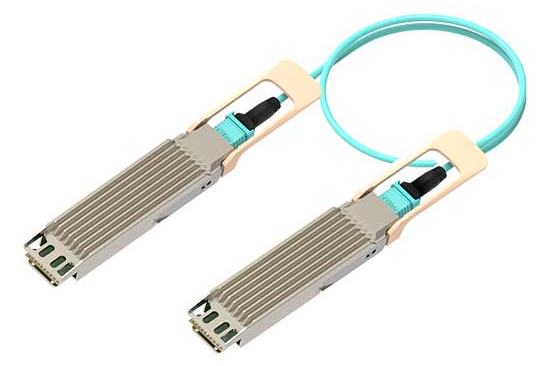
From a packaging perspective, QSFP-DD is compatible with 200G and 400G, which can save costs and facilitate linking. Because of its unique size, the use of OSFP usually requires a complete transformation of the infrastructure to adapt to its size and connector layout, so hardware adjustments are required during installation, resulting in high costs.
In terms of application scenarios, QSFP-DD mainly serves Ethernet networks, with wide compatibility and stable performance. OSFP has a wider range of uses. In addition to Ethernet, it is also suitable for InfiniBand networks and high-performance computing environments, making it a flexible choice to meet complex network needs.
For users who prioritize future growth potential rather than short-term cost savings, OSFP is an attractive option. It supports 400G, 800G and even high-speed data rates up to 1.6T or higher.
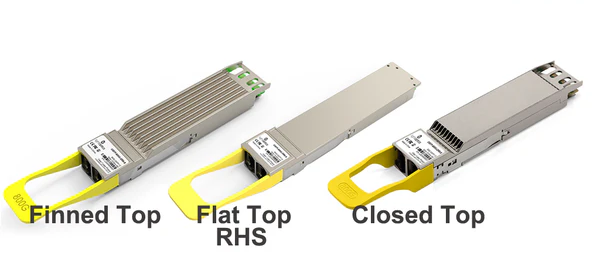
For 800G optical modules, heat dissipation performance affects the durability of the product and the stability of signal transmission. Among various packaging forms, OSFP optical modules effectively improve heat dissipation capabilities by integrating heat sinks. From the perspective of heat dissipation design and deployment applications, there are obvious differences between Finned Top optical modules and Flat Top optical modules.
The Finned Top 800G optical module adopts a heat dissipation fin structure, which can significantly improve the airflow efficiency and provide reliable guarantee for stable operation in high-performance scenarios.
The Flat Top 800G optical module adopts a simple and smooth compact appearance design. Its advantage is that it uses the host's own heat dissipation solution to achieve seamless heat conduction and ensure the stability of the connection.
Power consumption has an important impact on the network efficiency of 800G optical transceiver. Generally, the power consumption of a single port of an 800G optical module is between 13W and 18W. The power consumption of the OSFP packaged module is controlled at ≤15W, which is particularly suitable for application scenarios with high energy-saving requirements.
Selecting the right 800G optical transceiver is crucial for optimizing network performance, as it impacts data transmission, compatibility, and overall efficiency across various applications like data centers and metropolitan area networks. UnitekFiber offers high - quality 800G optical modules that ensure excellent performance, with good compatibility with different brands. Whether you need solutions for short or long distance transmission, or specific form factors, we've got you covered. For more information or inquiries, feel free to contact our sales team at sales@unitekfiber.com.

